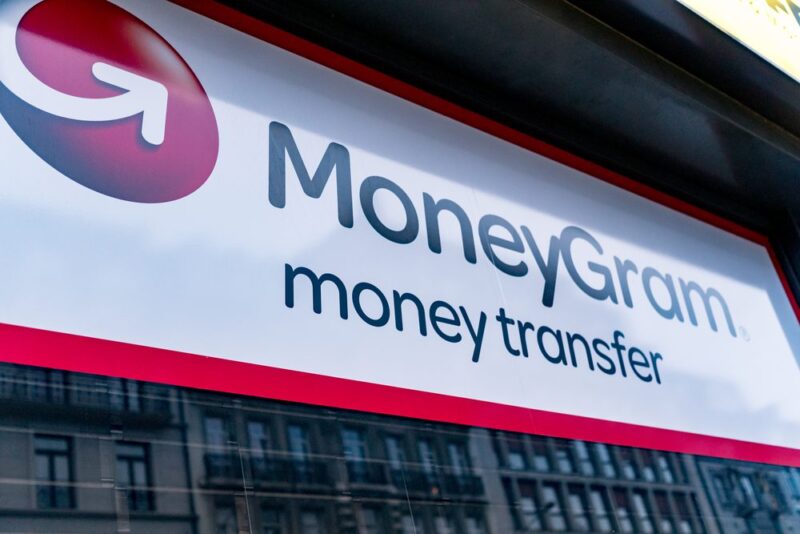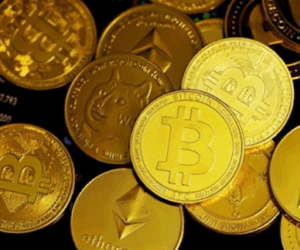MoneyGram, the global remittance company, has officially launched what it calls a “next-generation” mobile app that runs on stablecoins and blockchain settlement rails. The product is debuting in Colombia, with plans to expand into more countries in the coming months, according to a company statement.
This is MoneyGram’s most direct push yet into crypto-powered payments. By building on USD Coin (USDC) and the Stellar blockchain, the company is reimagining how money moves across borders, faster, cheaper, and with more flexibility for recipients.
For decades, remittances have been lifelines for families in developing countries. But the process is often slow, costly, and subject to currency volatility. Stablecoins, which are pegged to the U.S. dollar, offer an alternative. They can settle transactions in seconds and hold value in a way local currencies often cannot.
MoneyGram’s new app allows users to receive funds instantly in a U.S. dollar balance, which is stored in USDC. Recipients can keep the money in dollars, withdraw cash at MoneyGram retail outlets, or link debit cards to spend directly in USD. Behind the scenes, the app runs on the Stellar blockchain, while wallet infrastructure is powered by Crossmint.

MoneyGram CEO Anthony Soohoo called the launch “the first step toward a world where every person, everywhere, has access to dollar stablecoins,” arguing that this move represents more than product innovation but a vision for financial inclusion.
He said stablecoins offer not just faster transfers but a chance to protect recipients from local currency erosion, and that the company is preparing to scale.
MoneyGram Colombia experiment
Colombia is one of Latin America’s biggest remittance markets. Families depend heavily on money sent home from abroad, and the Colombian peso has lost significant value against the U.S. dollar over the years. By launching first in Colombia, MoneyGram is positioning the app as both a remittance tool and a financial safety net. A dollar-pegged balance helps protect recipients from local currency swings while providing access to instant cash-out options.
How it works:
The process is designed to feel simple. A sender initiates a transfer through MoneyGram’s existing network. On the other end, the recipient sees funds arrive instantly in the MoneyGram app, held as USDC. From there, the recipient has options. They can hold the money in dollars for savings, withdraw in local currency at a retail partner, link a debit card to spend directly in USD, or deposit cash into the app to top up their balance.
This mix of digital flexibility and physical cash access could be key to adoption, especially in markets where trust in traditional banks or local currencies is fragile.
Why MoneyGram chose USDC and Stellar
The app uses Circle’s USD Coin, one of the most regulated and widely used dollar stablecoins. That choice aligns with MoneyGram’s need to meet strict compliance and transparency requirements.
For settlement, the company leaned on Stellar, a blockchain designed specifically for fast, low-cost payments and already used in remittance pilots.
The wallet layer comes from Crossmint, whose APIs allow MoneyGram to deliver a Web2-style experience without asking customers to learn crypto basics. Together, the trio creates a system where stablecoin rails do the heavy lifting, but users only see a familiar MoneyGram-branded app.


The company sees three main advantages. First is speed, as transfers settle in seconds, not days. Second is cost, since cutting out some correspondent banks reduces friction. Third is stability, as recipients hold money in dollars rather than volatile local currencies.
It is also a play for relevance. With crypto-native companies and fintech startups exploring stablecoin-based remittances, MoneyGram is showing it can evolve while leveraging its global retail footprint.
The launch comes amid intense regulatory scrutiny of stablecoins. Governments from the U.S. to Europe are draughting rules for how issuers operate and how reserves are managed. MoneyGram emphasises that it has spent years on compliance and that its partners meet regulatory standards.
Operationally, scaling the service across multiple jurisdictions means navigating local laws and ensuring access to cash-in and cash-out points. That’s where MoneyGram’s existing retail network could prove to be a major advantage.
MoneyGram’s move is part of a wider industry shift. Payment giants, banks, and startups alike are experimenting with tokenised money. The appeal is clear: stablecoins combine the speed and programmability of crypto with the familiarity of the U.S. dollar. In remittances, that combination could change the game.








